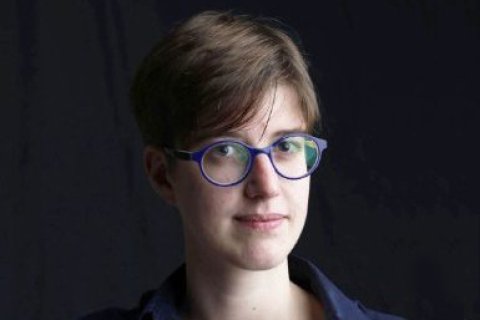European funding for research project on 19th century magic lantern slides

The project 'A Million Pictures: Magic Lantern Slide Heritage as Artefacts in the Common European History of Learning' has received funding via the Joint Programming Initiative in Cultural Heritage. The proposal was submitted by media researchers Dr Sarah Dellmann and Prof. Frank Kessler. The next three years, together with an international team of researchers they will study the use of magic lantern slides by educational, popular and academic associations.
Standard for documentation and conservation
A magic lantern is a device with which transparent images can be projected. The device is often seen as the predecessor of the projector. In the nineteenth century, the magic lantern was the most relevant medium for visual entertainment and education.
Despite it's use in diverse academic, educational and popular contexts, there has hardly been any research conducted on the device. Many libraries and museums have thousands of magic lanterns in their collections, yet there is no standard procedure for documentation and conservation of the lanterns.
This limits the accessibility of the objects for researchers and other interested parties. Furthermore, the lantern is currently not acknowledged as a valuable part of our cultural heritage. Therefore, Dellmann, Kessler and researchers from the universities of Antwerp, Exeter, Girona and Salamanca will develop a standard procedure for preserving and documenting the magic lanterns.
Transferring knowledge through thousands of images
This procedure has to meet the demands of the museums, libraries, archives and universities. Therefore, the researchers will collaborate with several cultural heritage institutions, like the EYE Film Museum in Amsterdam. The magic lantern slides from the partners' collections will be digitalised and the metadata will be made accessible for further research.
Kessler and Dellmann will study how the artefacts have been used to transfer knowledge. In the subprojects, they will investigate;
- the use of magic lanterns by educational associations,
- the organisation of popularising and spectacular shows in theaters and observatories,
- models for the classification of different types of shows.
Together with a team of artists and film makers, the researchers will also produce examples of how to creatively use the thousands of nineteenth century images once more.

Research team
Dr Sarah Dellmann will partake in the project as postdoc research. The proposal for this project resulted from the network she built during her PhD research on the representations of the Netherlands and the Dutch people

Prof. Frank Kessler will be the project leader. Kessler is Professor in Film and Television History. His research mainly focusses on early cinema, in particular early non-fiction, the genre of féerie as well as film acting. The early non fiction film was also one of the central topics of the project 'The Nation and Its Other'.
Joint Programming Initiative
The 'Joint Programming Initiative in Cultural Heritage: Call Heritage Plus' is a funding programme of European science-funding bodies, cultural heritage institutions and several ministries. The JPI Call is meant to stimulate interdisciplinary research on European cultural heritage.

